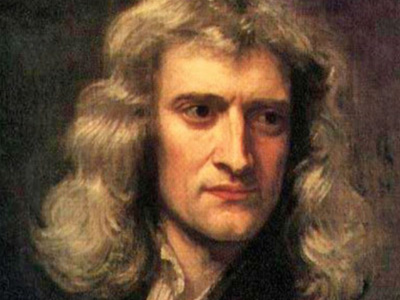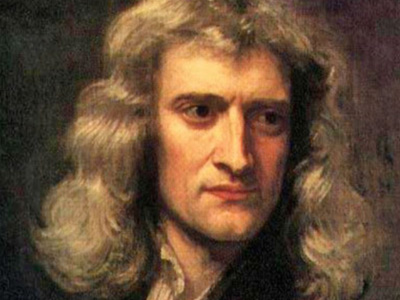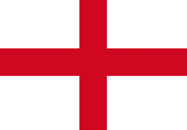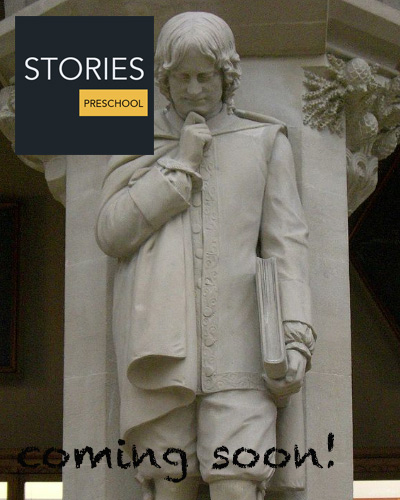Later Life
In the 1690s, Newton wrote a number of religious tracts dealing with the literal and symbolic interpretation of the Bible. A manuscript Newton sent to John Locke in which he disputed the fidelity of 1 John 5:7 and its fidelity to the original manuscripts of the New Testament, remained unpublished until 1785.
Even though a number of authors have claimed that the work might have been an indication that Newton disputed the belief in Trinity, others assure that Newton did question the passage but never denied Trinity as such. His biographer, scientist Sir David Brewster, who compiled his manuscripts for over 20 years, wrote about the controversy in well-known book Memoirs of the Life, Writings, and Discoveries of Sir Isaac Newton, where he explains that Newton questioned the veracity of those passages, but he never denied the doctrine of Trinity as such. Brewster states that Newton was never known as an Arian during his lifetime, it was first William Whiston (an Arian) who argued that "Sir Isaac Newton was so hearty for the Baptists, as well as for the Eusebians or Arians, that he sometimes suspected these two were the two witnesses in the Revelations," while other like Hopton Haynes (a Mint employee and Humanitarian), "mentioned to Richard Baron, that Newton held the same doctrine as himself". Brewster's views are, however, severely outdated, encrypted manuscripts written by Newton have been bought by John Maynard Keynes (among others), then deciphered and it became known that Newton has rejected Triniarianism.
Later works—The Chronology of Ancient Kingdoms Amended (1728) and Observations Upon the Prophecies of Daniel and the Apocalypse of St. John (1733)—were published after his death. He also devoted a great deal of time to alchemy.
Newton was also a member of the Parliament of England The Kingdom of England was a sovereign state on the island of Great Britain from about 927, when it emerged from various Anglo-Saxon kingdoms, until 1 May 1707, when it united with Scotland to form the Kingdom of Great Britain. The Viking invasions of the 9th century upset the balance of power between the English kingdoms, and native Anglo-Saxon life in general. The English lands were unified in the 10th century in a reconquest completed by King Æthelstan in 927. for Cambridge University in 1689–90 and 1701–2, but according to some accounts his only comments were to complain about a cold draught in the chamber and request that the window be closed. He was however noted by Cambridge diarist Abraham de la Pryme as having rebuked students who were frightening local residents by claiming that a house was haunted.
The Kingdom of England was a sovereign state on the island of Great Britain from about 927, when it emerged from various Anglo-Saxon kingdoms, until 1 May 1707, when it united with Scotland to form the Kingdom of Great Britain. The Viking invasions of the 9th century upset the balance of power between the English kingdoms, and native Anglo-Saxon life in general. The English lands were unified in the 10th century in a reconquest completed by King Æthelstan in 927. for Cambridge University in 1689–90 and 1701–2, but according to some accounts his only comments were to complain about a cold draught in the chamber and request that the window be closed. He was however noted by Cambridge diarist Abraham de la Pryme as having rebuked students who were frightening local residents by claiming that a house was haunted.
Newton moved to London to take up the post of warden of the Royal Mint in 1696, a position that he had obtained through the patronage of Charles Montagu, 1st Earl of Halifax, then Chancellor of the Exchequer. He took charge of England's great recoining, somewhat treading on the toes of Lord Lucas, Governor of the Tower (and securing the job of deputy comptroller of the temporary Chester branch for Edmond Halley). Newton became perhaps the best-known Master of the Mint upon the death of Thomas Neale in 1699, a position Newton held for the last 30 years of his life. These appointments were intended as sinecures, but Newton took them seriously, retiring from his Cambridge duties in 1701, and exercising his power to reform the currency and punish clippers and counterfeiters.
As Warden, and afterwards Master, of the Royal Mint, Newton estimated that 20 percent of the coins taken in during the Great Recoinage of 1696 were counterfeit. Counterfeiting was high treason, punishable by the felon being hanged, drawn and quartered. Despite this, convicting even the most flagrant criminals could be extremely difficult. However, Newton proved equal to the task.
Disguised as a habitué of bars and taverns, he gathered much of that evidence himself. For all the barriers placed to prosecution, and separating the branches of government, English law still had ancient and formidable customs of authority. Newton had himself made a justice of the peace in all the home counties—there is a draft of a letter regarding this matter stuck into Newton's personal first edition of his Philosophiæ Naturalis Principia Mathematica which he must have been amending at the time. Then he conducted more than 100 cross-examinations of witnesses, informers, and suspects between June 1698 and Christmas 1699. Newton successfully prosecuted 28 coiners.
As a result of a report written by Newton on 21 September 1717 to the Lords Commissioners of His Majesty's Treasury the bimetallic relationship between gold coins and silver coins was changed by Royal proclamation on 22 December 1717, forbidding the exchange of gold guineas for more than 21 silver shillings. This inadvertently resulted in a silver shortage as silver coins were used to pay for imports, while exports were paid for in gold, effectively moving Britain from the silver standard to its first gold standard. It is a matter of debate as whether he intended to do this or not. It has been argued that Newton conceived of his work at the Mint as a continuation of his alchemical work.
Newton was made President of the Royal Society in 1703 and an associate of the French Académie des Sciences. In his position at the Royal Society, Newton made an enemy of John Flamsteed, the Astronomer Royal, by prematurely publishing Flamsteed's Historia Coelestis Britannica, which Newton had used in his studies.
In April 1705, Queen Anne knighted Newton during a royal visit to Trinity College, Cambridge. The knighthood is likely to have been motivated by political considerations connected with the Parliamentary election in May 1705, rather than any recognition of Newton's scientific work or services as Master of the Mint. Newton was the second scientist to be knighted, after Sir Francis Bacon.
Newton was one of many people who lost heavily when the South Sea Company collapsed. Their most significant trade was slaves, and according to his niece, he lost around £20,000.
Towards the end of his life, Newton took up residence at Cranbury Park, near Winchester with his niece and her husband, until his death in 1727. His half-niece, Catherine Barton Conduitt, served as his hostess in social affairs at his house on Jermyn Street in London; he was her "very loving Uncle", according to his letter to her when she was recovering from smallpox.
Death
Newton died in his sleep in London on 20 March 1727 (OS 20 March 1726; NS 31 March 1727). His body was buried in Westminster Abbey. Voltaire may have been present at his funeral. A bachelor, he had divested much of his estate to relatives during his last years, and died intestate. His papers went to John Conduitt and Catherine Barton. After his death, Newton's hair was examined and found to contain mercury, probably resulting from his alchemical pursuits. Mercury poisoning could explain Newton's eccentricity in late life.
HISTORY
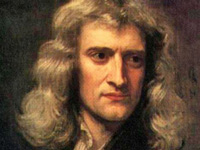
RESOURCES
This article uses material from the Wikipedia article "Isaac Newton (1642-1726)", which is released under the Creative Commons Attribution-Share-Alike License 3.0.
© Stories Preschool. All Rights Reserved.
